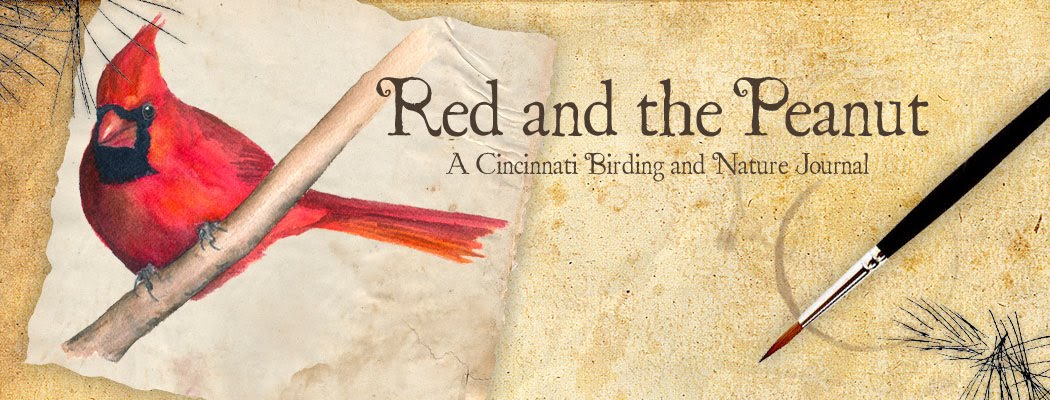
Female Eastern Tiger Swallowtail (Papilio glaucus)

...with bright yellow wings the same color as the flower she's nectaring from, this female Eastern Tiger Swallowtail is a picture of summer. I'll miss her this winter when all is grey...

Male and female Eastern Tiger Swallowtails have yellow wings with black tiger stripes. They also have blue and orange scales on their wings, but females have significantly more blue scaling (as shown above) than males who have only four small blue circles on their hindwing ("Butterflies of Ohio," by Jaret C. Daniels). Females also have a dimorphic dark form..
The abdomen on dark-form female Eastern Tiger Swallowtails is solid black on top with small yellow and black stripes underneath. This plain abdomen is an easy way to distinguish female dark-form Tiger Swallowtails from Pipevine Swallowtails (the butterfly they are mimicking), because the Pipevines have a blue abdomen with spots (click here for an earlier post on a Pipevine Swallowtail to see its abdomen and read about its toxicity).

The abdomen on yellow females and males is yellow with black stripes.
Click here for an earlier post on Eastern Tiger Swallowtail butterflies with information on butterfly wings and scales. I photographed these little ladies on 7/16/10 at Shawnee State Park in eastern Ohio.
Have a Happy Labor Day!















